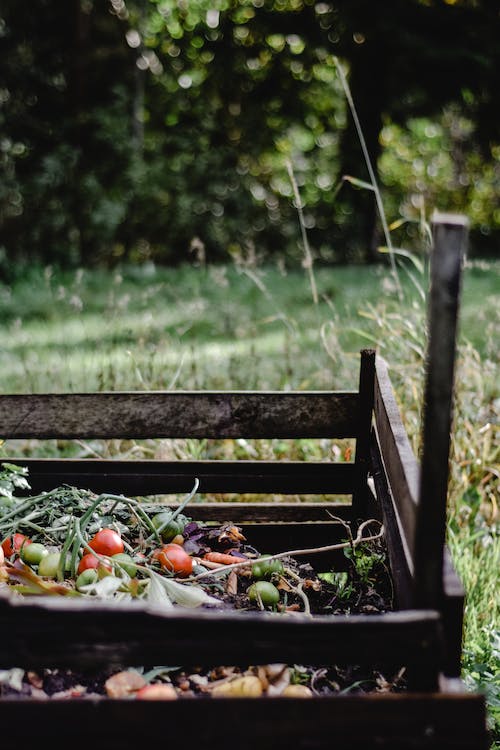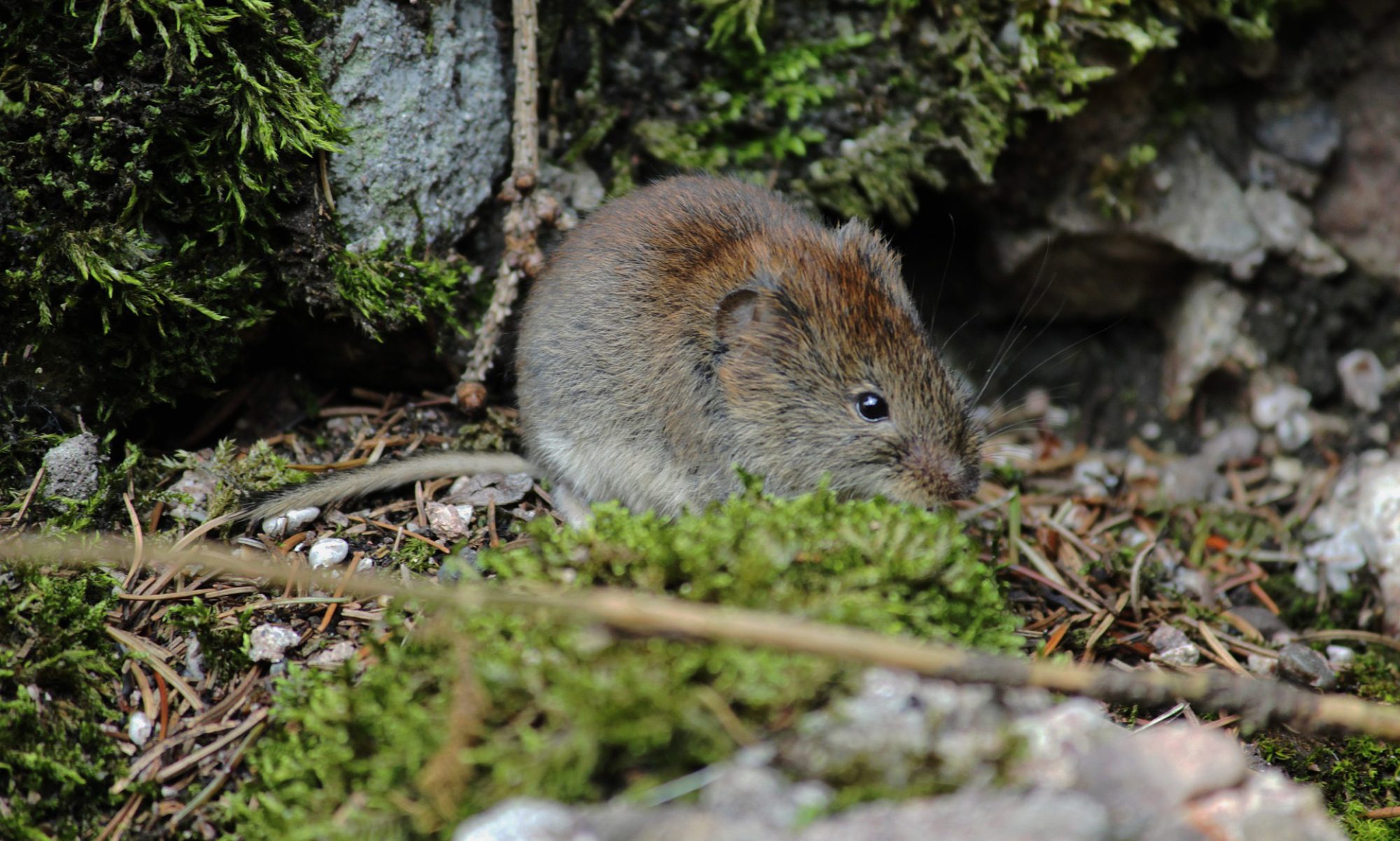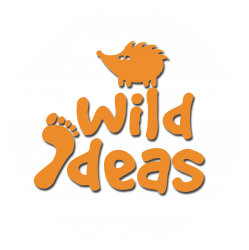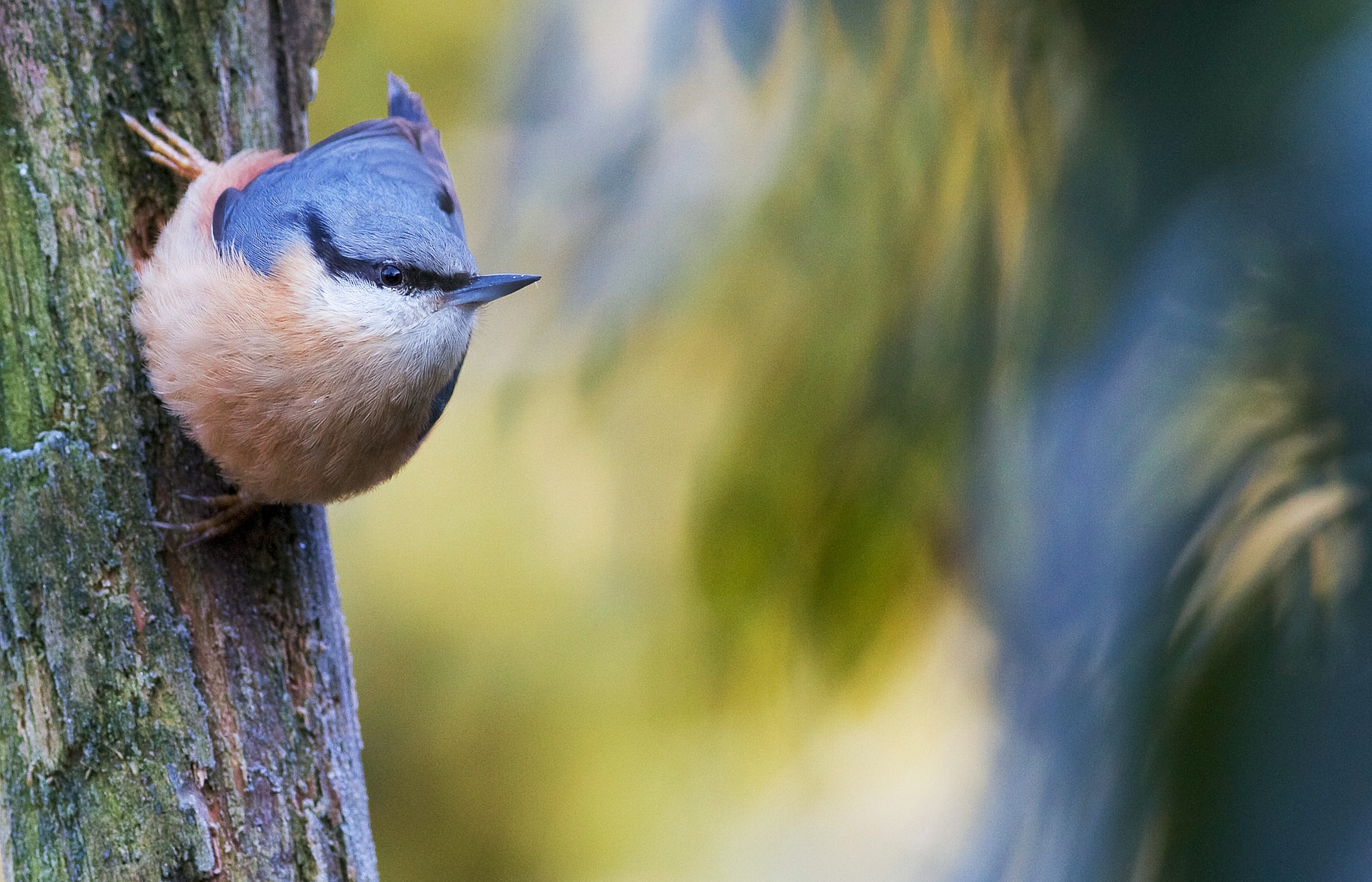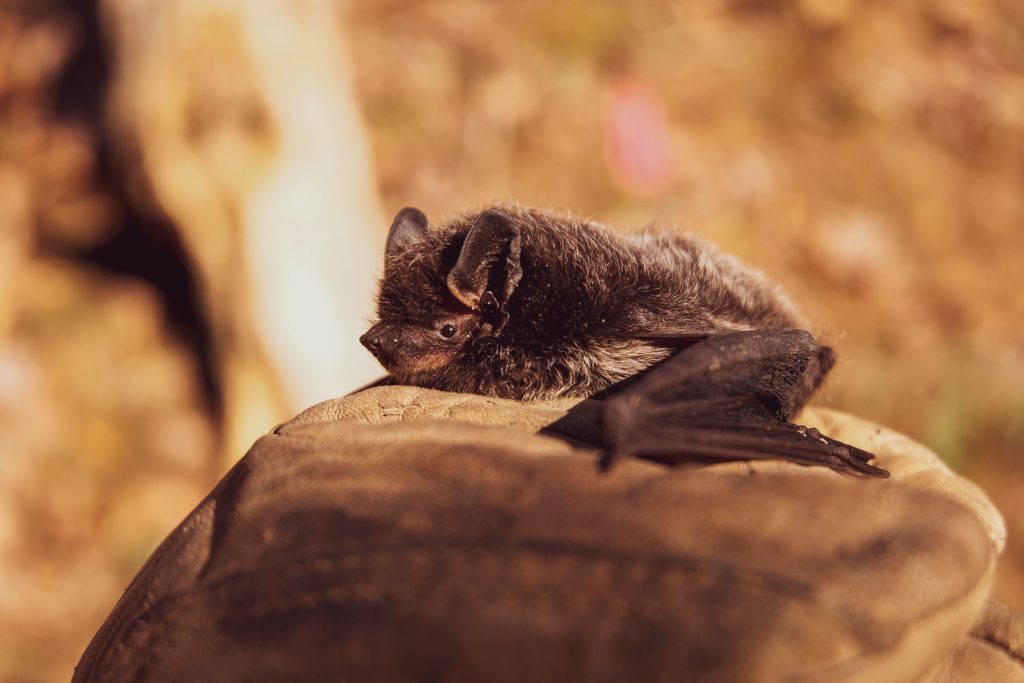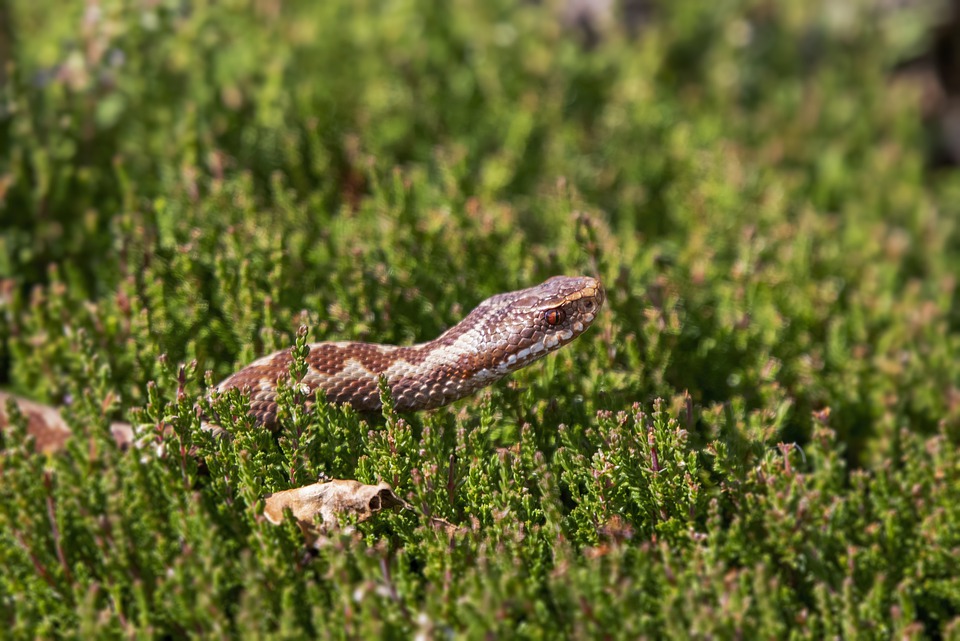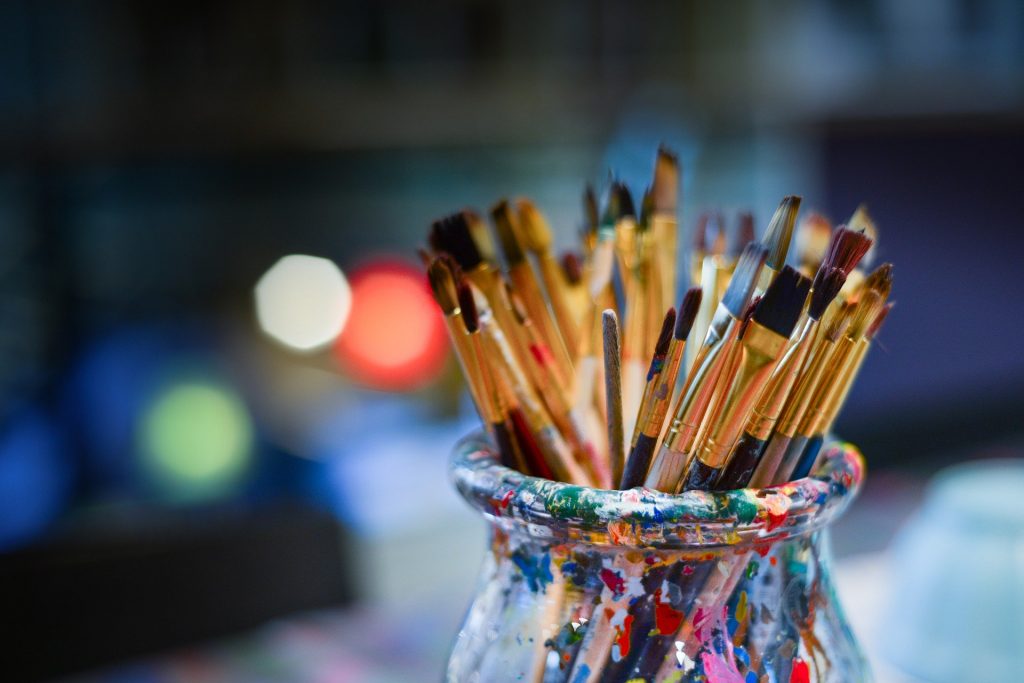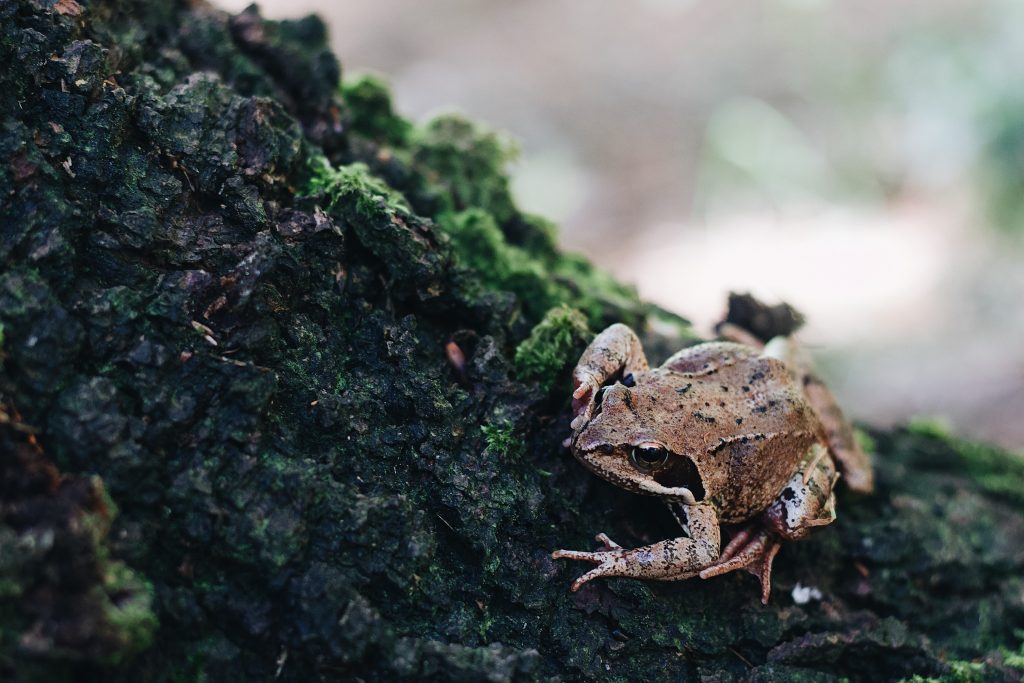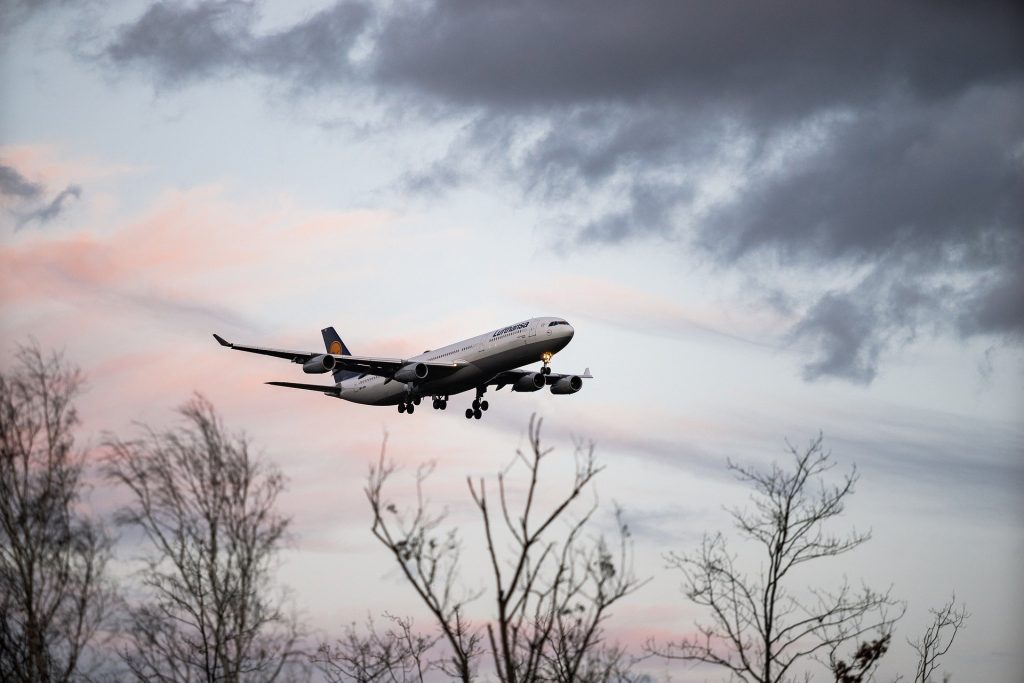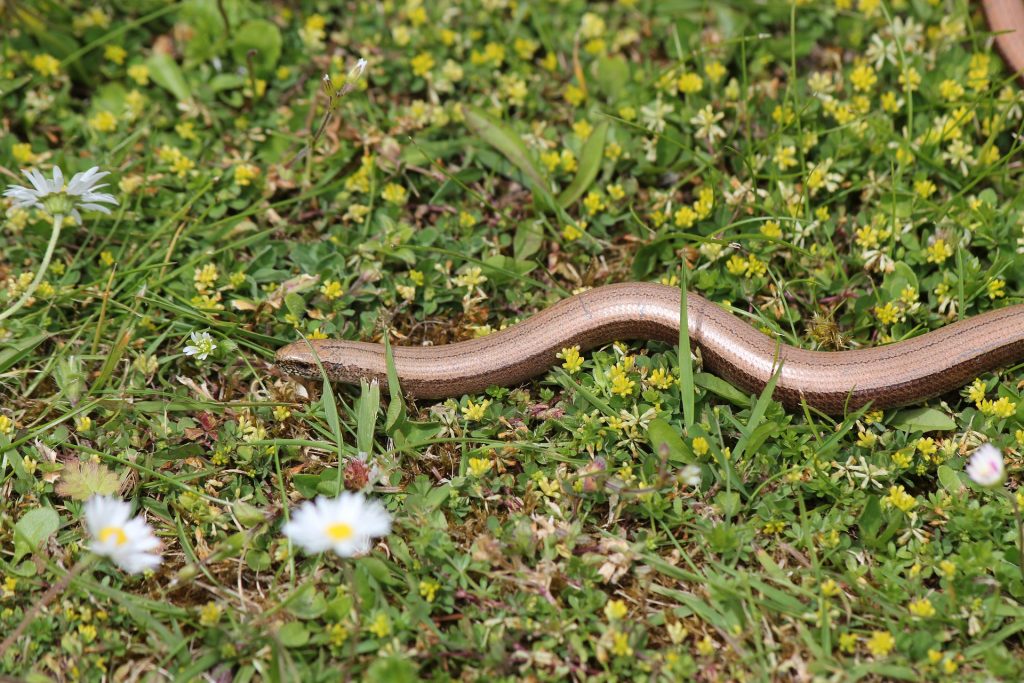Whether your interest lies in food growing, wildlife gardening or creating picture-perfect flower beds, composting could be your missing link.
Categorised as green or organic waste, our food scraps and garden cuttings are anything but rubbish! When allowed to recycle naturally, these become a great source of nutrients which will fertilize your garden and provide food and habitat for visiting wildlife.
Read on to find out why composting is not only good for the environment, but for our own mental and physical well-being too!
We have also enclosed a quick easy guide on how to get started with your composting bin.
